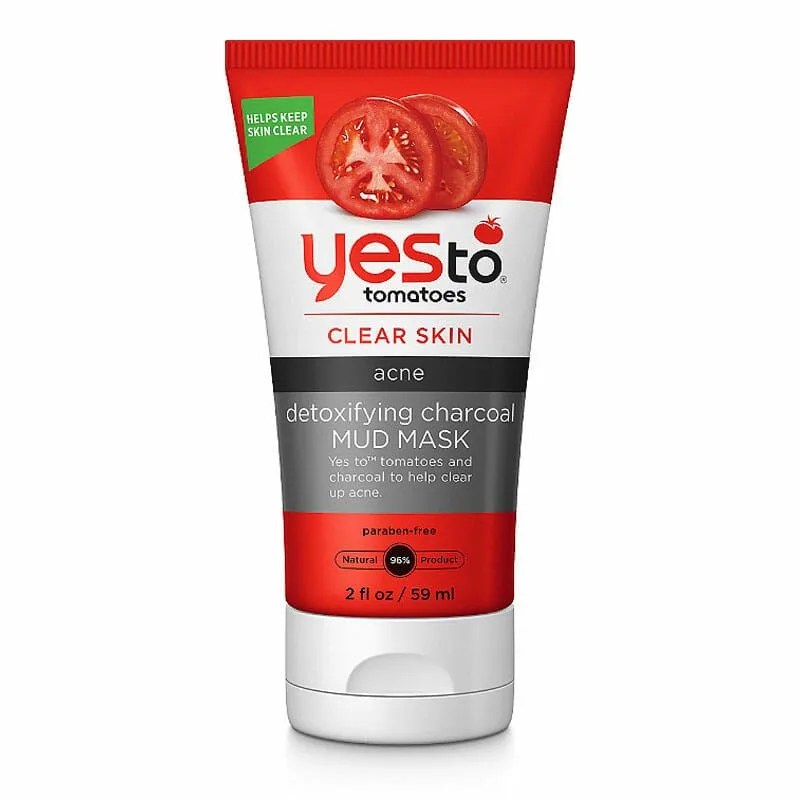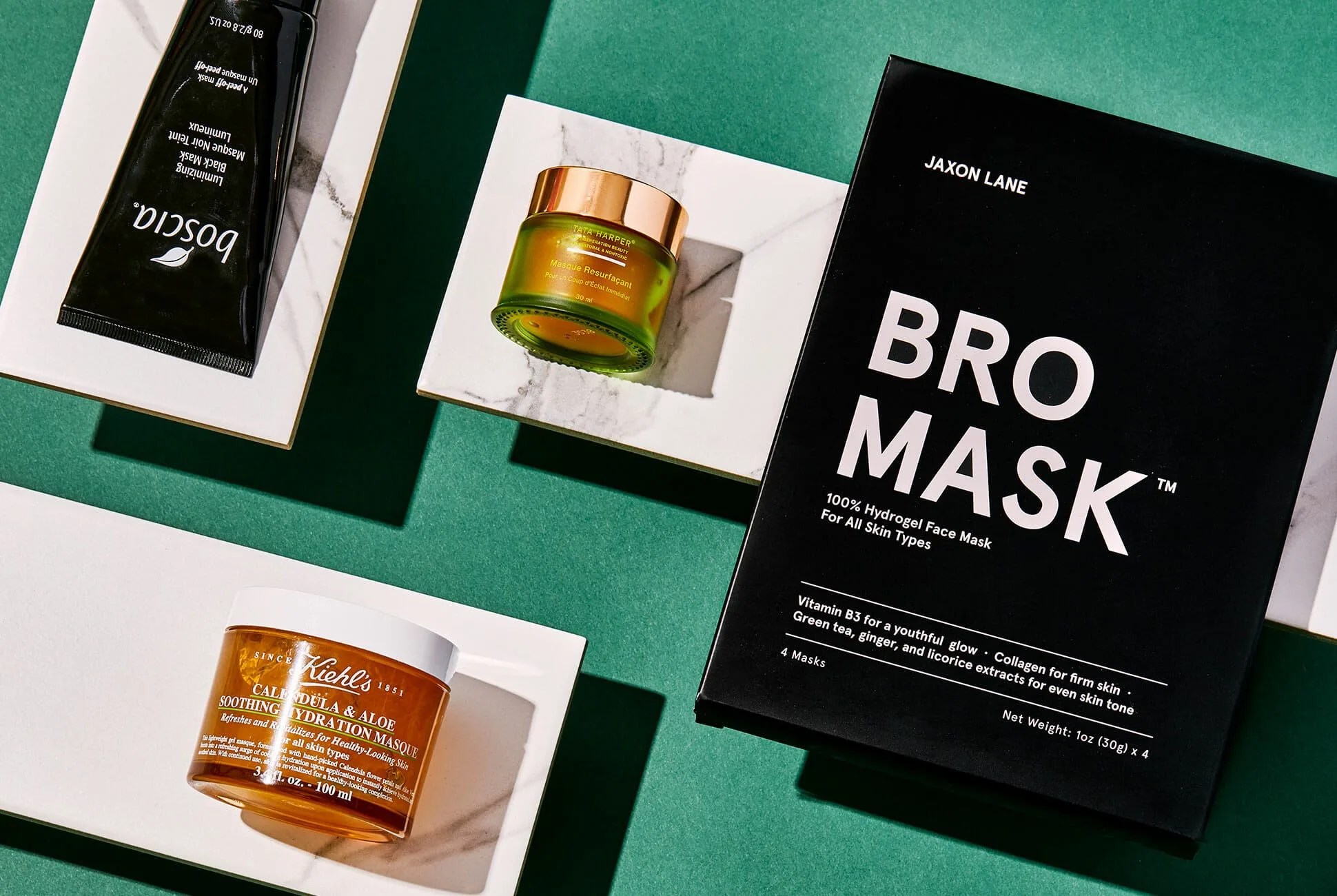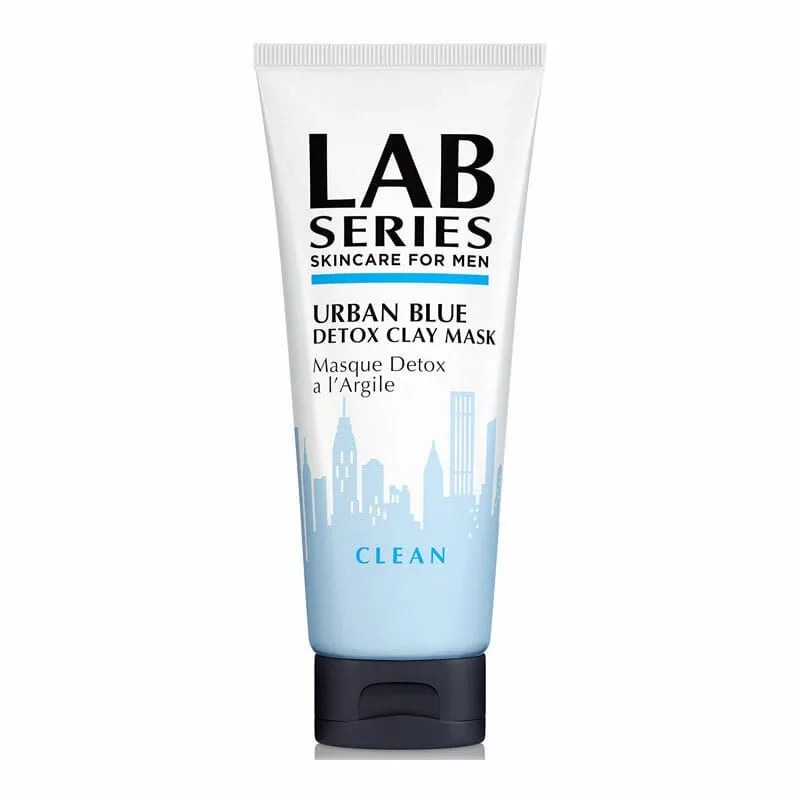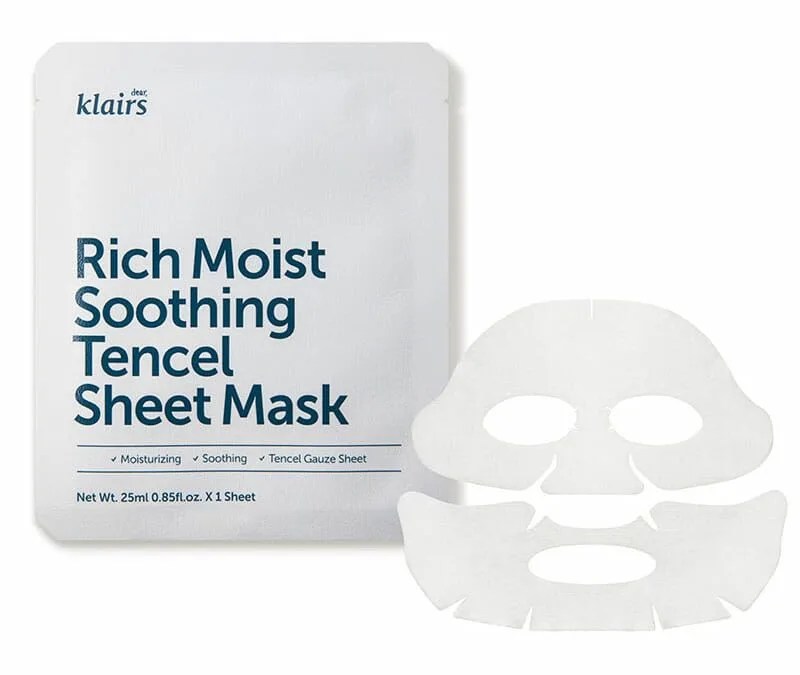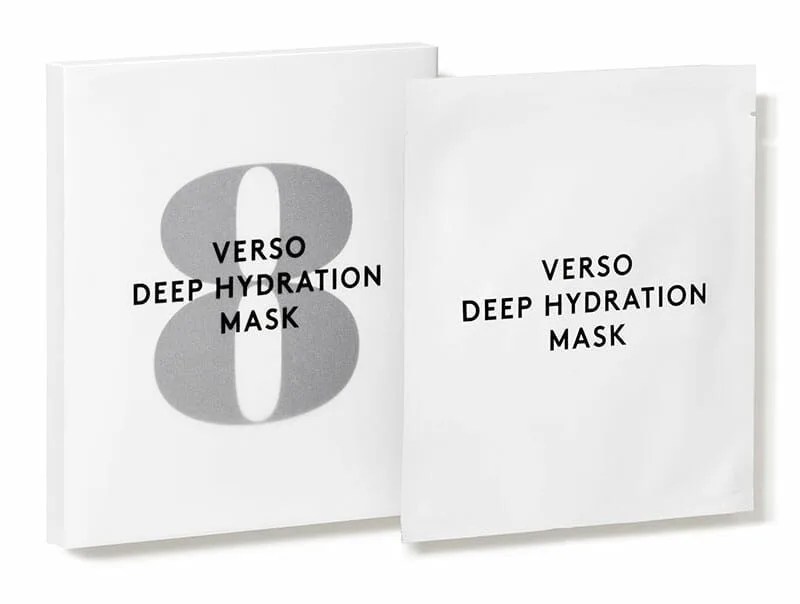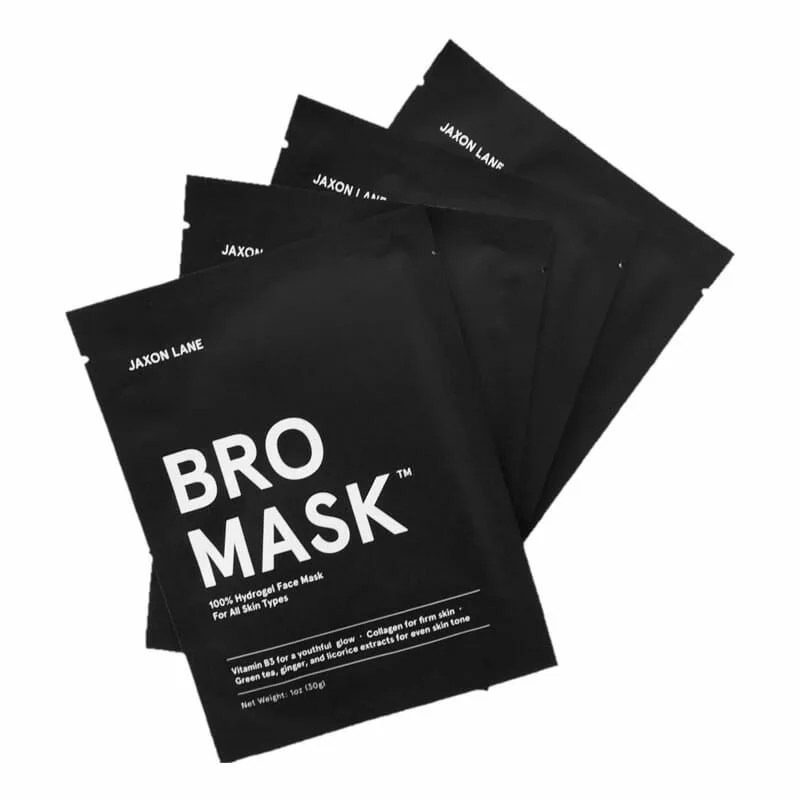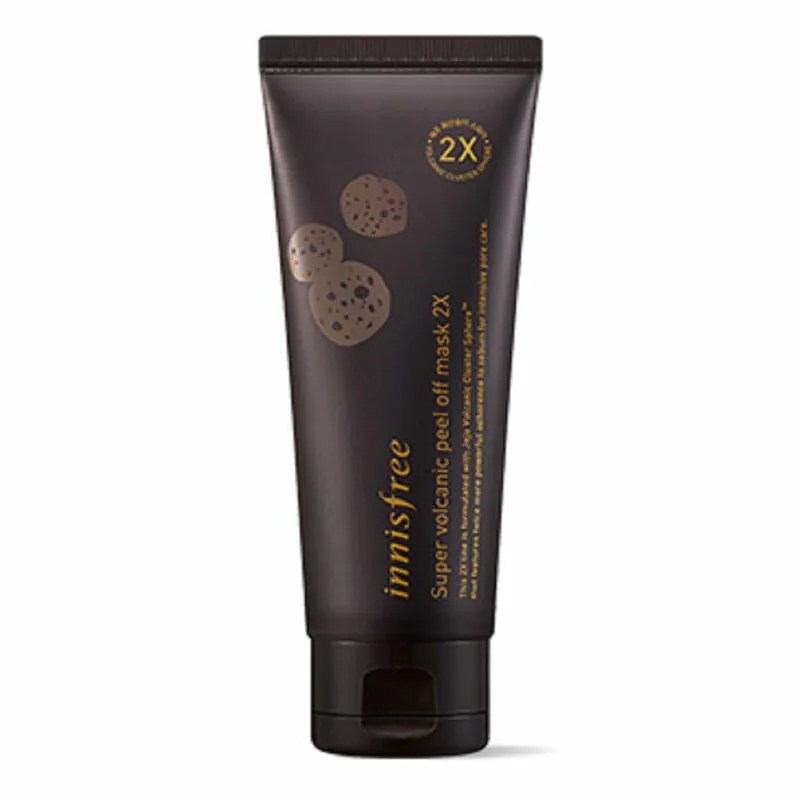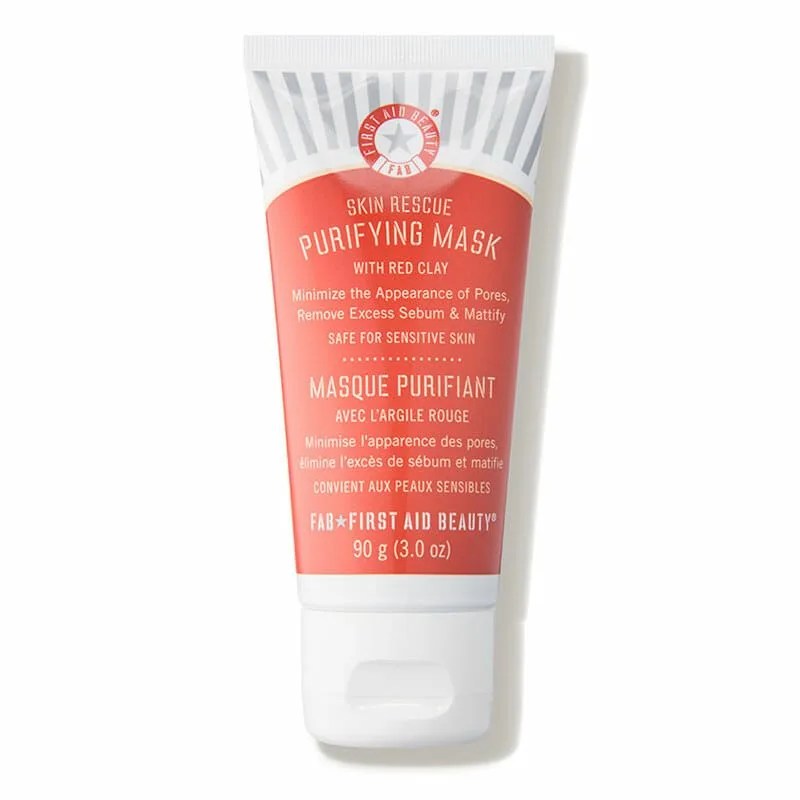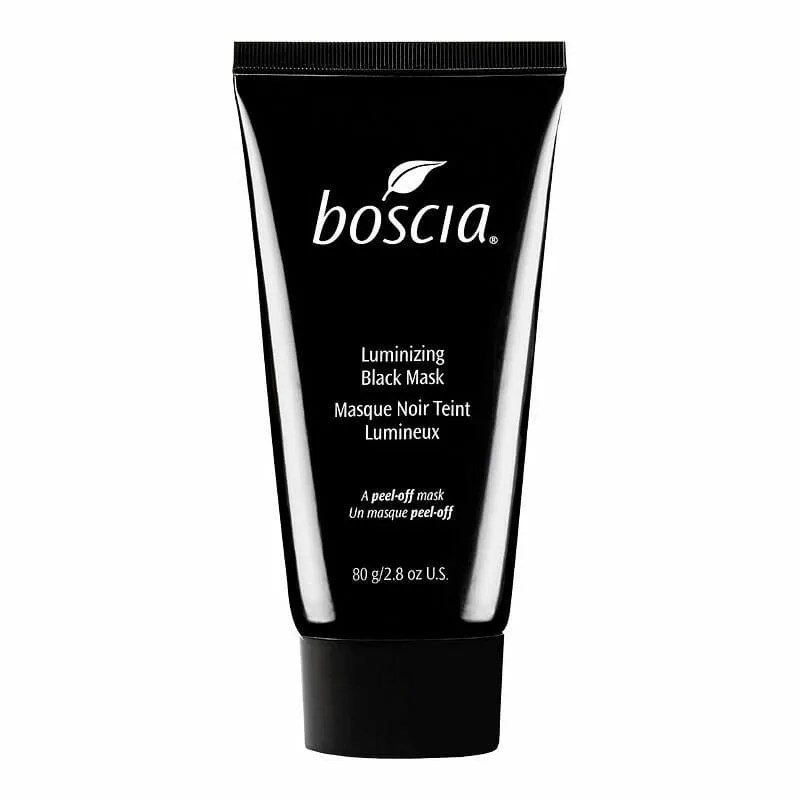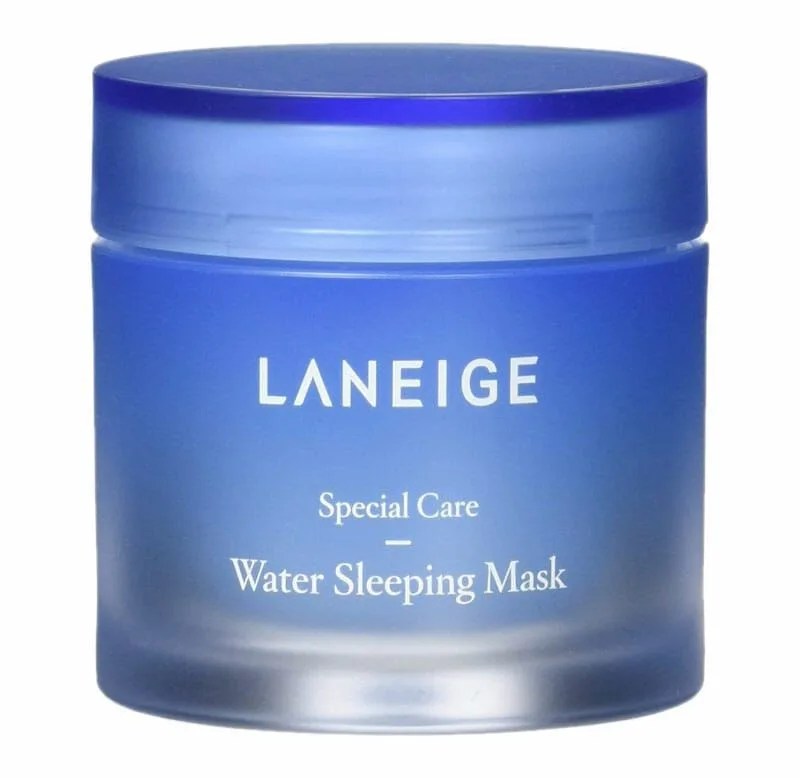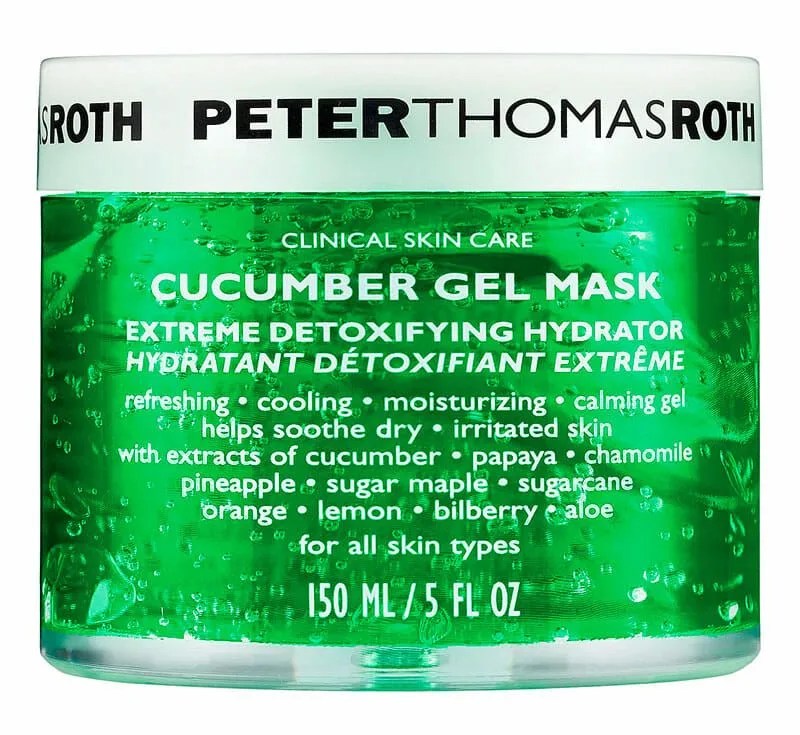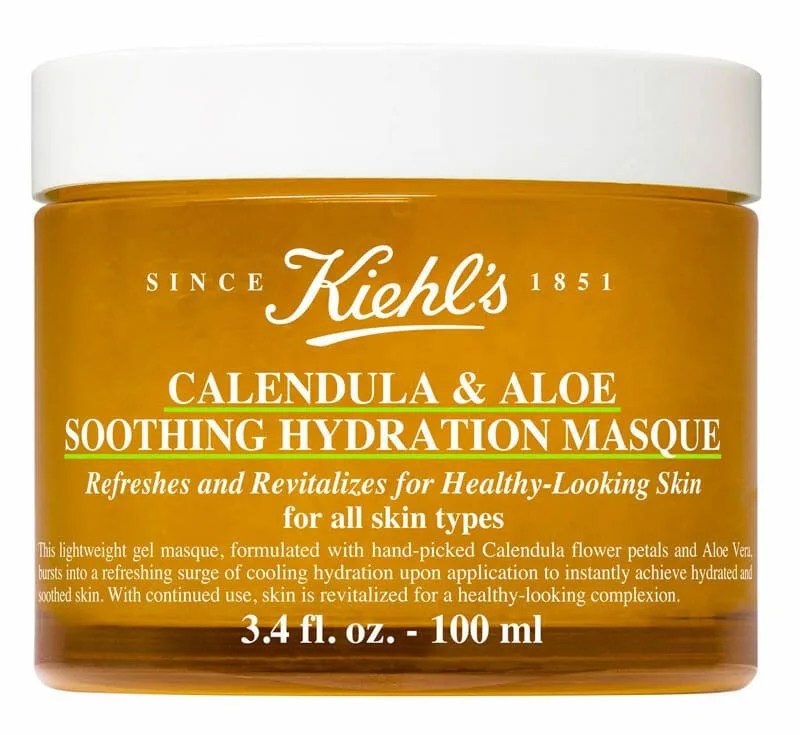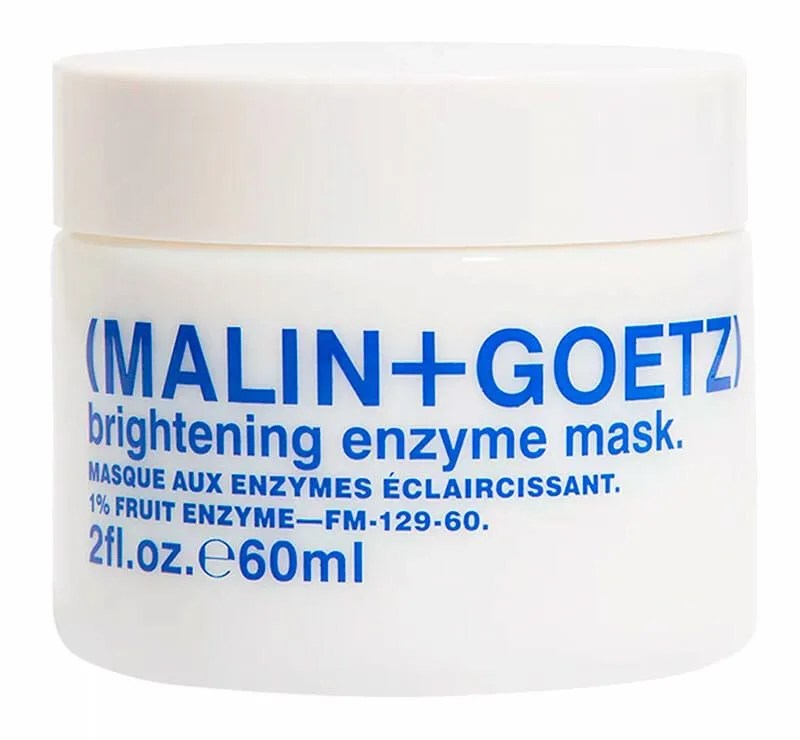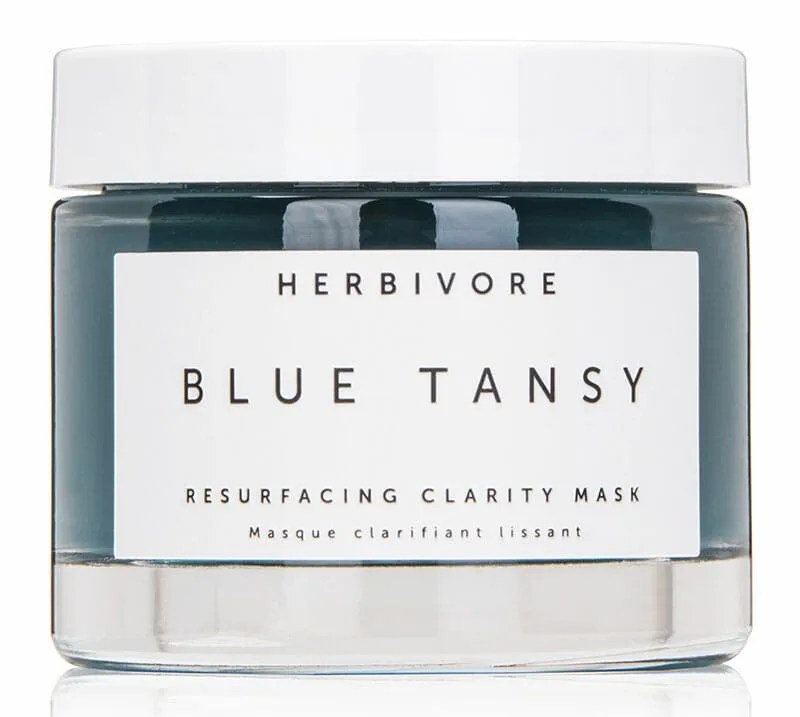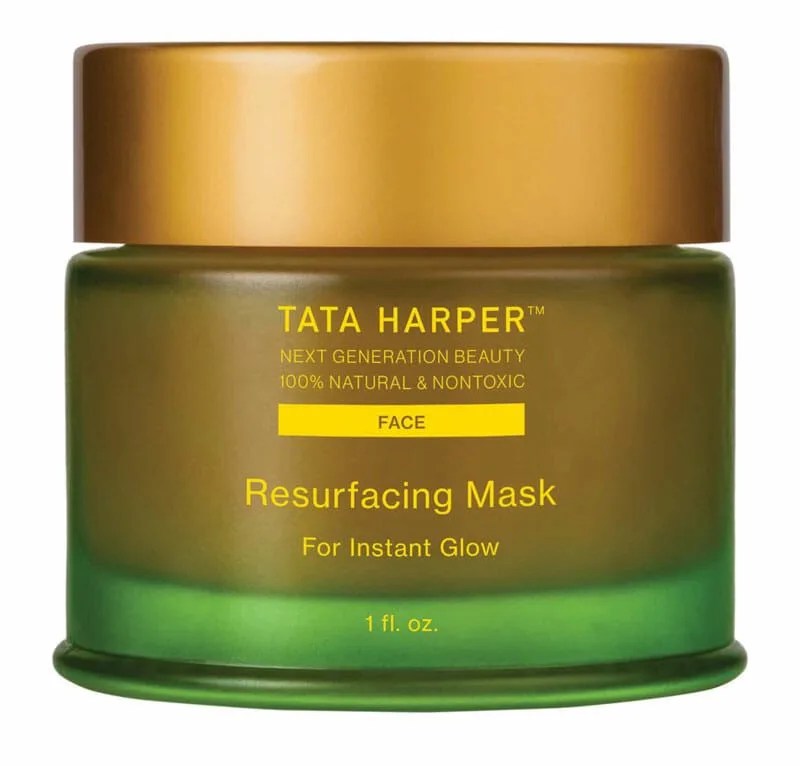Using treatment masks as part of your skincare routine is not something new, at least for women. Some historians believe Cleopatra used a clay mask she mixed herself in Ancient Egypt. But with more men becoming attuned to skincare (and self-care), interest in masking among men is reaching a fever pitch.
If washing your face is like daily cardio, a mask is like a HIIT workout.
So let us be the first to welcome you to the age of man masking. It’s not a surprising development. The nature of a mask is ideally suited to men, who tend to use fewer products and to be a little more impatient when it comes to results. Masks are not designed to be used every day or for very long; they offer a quick shot of treatment in one go, and when used regularly can attack skin issues like breakouts, dehydration and redness quickly and effectively. If washing your face is like daily cardio, a mask is like a HIIT workout.
This isn’t to say that all masks are the same. There are as many kinds of masks as there are shampoos, and different styles are suited for different needs. Most masks fall into five different categories with an infinite number of subcategories, ingredients and uses. Navigating the world of masking is confusing, so let’s break it down.
Clay Masks
The most classic kind of face mask, clay masks are what you think of when you envision someone in a day spa with cucumbers over their eyes and mud smeared on their face. But they’re just as effective when used at home. As the slick clay dries, it sucks out dirt, oil and impurities from your pores much more effectively than your face wash could ever hope to do. Clay masks are ideal for oily skin (men tend to have larger and more active oil glands than women) as they soak up oil and help control breakouts. Some new versions even contain charcoal, which helps to absorb impurities and oil-based grime. If you’re prone to breakouts, you can even use clay masks as spot treatments to help dry out zits.
